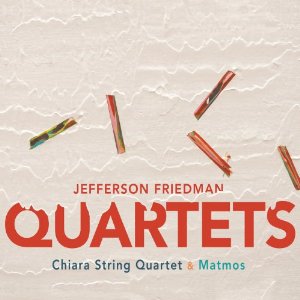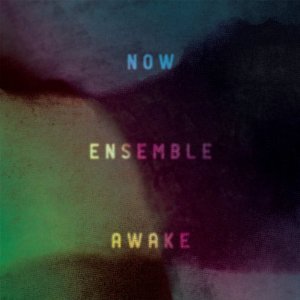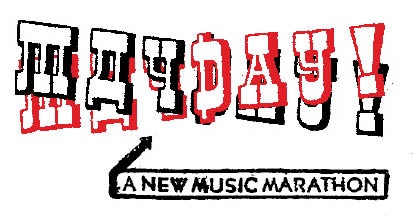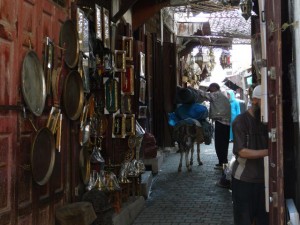We like to think that concert music is something other than sound we hear with others in a room. Of course it is, but music is a physical fact we encounter first hand and try to wrap our minds around later. The large and attentive audience at Philip Glass’ San Francisco Performance’s program of his solo piano works seemed to know the difference when they gave him a warm welcome even before he’d played a note at his from-memory 8o-minute intermission-less recital at YBCA’s Novellus Theater. Real affection like that for a composer, especially a controversial and popular one like Glass, is rare, and that’s just for starters.
Glass has never been a virtuoso pianist–he once quipped that he writes the hard keyboard parts for his ensemble’s music director Michael Riesman–but he’s a thoroughly engaging and utterly sincere one. He began with 6 Etudes – # 1, # 2, # 3, # 6 , # 9, #10–from his first book of 10 (1994-99), which are deeply personal, listener friendly yet demanding for the player who has to keep a steady pulse while executing often rapid and shifting figures in sometimes irregular metres. His approach here was miles away from his 2002 recording of the set for Orange Mountain Music on a Baldwin grand. Here, he played on a Hamburg Steinway Model D, with its typically brilliant, hard Germanic sound. Glass has composed a lot since that CD, and the differences in how he hears now were everywhere apparent. # 1, with its fanfare-like opening which reappears in different contexts, sounded more dramatic, but not as smooth, the driving figures of unequal lengths in # 3, looser, almost improvisatory. But the real news was how the composer’s sudden attacks and releases, and frequent yet tasteful rubato– ritenuti and diminuendi–made these pieces in the moment fresh. And his pedalling exploited the massing overtones in a logical but non-systematic way, each sound adding sound to sound like rising floors in a house with interconnecting rooms. The repeated pull backs in tempo in # 9 like emotion refracted; the low hammered figures in # 10 like the insistent drone of an Indian harmonium, the ascending melismatic one an integral decoration in a complete structure. Glass’ Etudes extend the classical tradition of Chopin and Debussy’s 2- book sets in an entirely individual way, though unlike Debussy he gives no clues to what they’re about.
The other pieces here were just as unique. The 1980 series of alternately lyric–static and active–dramatic variations, Third Series Part IV, which Lucinda Childs renamed and choreographed as Mad Rush–its opening figuration suggests Schubert’s song “ Du bist die Ruh “–were less exploratory than the Etudes, but very affecting, especially in the soft slow parts. It’s as much of a standalone piece as Glass’ 1989 Metamorphosis #1-# 5 series which he made from 2 separate scores– 1 for for Errol Morris’ doc The Thin Blue Line, and one for 2 concurrent Dutch and Brazilian theatre versions by different directors of Kafka’s story Metamorphosis ( Die Verwandlung ). We heard #2–#4 –which picture its “hero “ Gregor Samsa who wakes up one morning to find himself turned into a giant insect. Its fragile bell-like themes and suspended harmonies, which Glass played with great sensitivity, are a perfect transformation of Samsa’s spiritual state into sound.
Dreaming Awake (2006), which Glass wrote and recorded as a limited edition benefit for his Tibetan teacher Gelek Rinpoche’s Ann Arbor, Michigan retreat center Jewel Heart, is a logical yet rapidly changing lyric piece whose warm fluid harmonies draw on the discoveries the composer made in his BAFTA-winning score for Stephen Daldry’s 2002 film The Hours, which suggest the here and gone feeling of the heart’s many facets with consummate grace.
Stage / film / dance timings are ultra precise and Glass’ playing of his accompaniment to Allen Ginsberg’s poem “Wichita Vortex Sutra,” which formed a part of their music theatre piece made from Gins poems Hydrogen Jukebox (1989), with his late friend Ginsberg reading it on tape, and Glass’ timings and reading was both precise and enormously affecting. And Glass charmingly offered 2 perfectly played encores–“Night on the Balcony” from his co-written with Gambian kora composer-player Foday Musa Suso score for JoAnne Akalaitis’ 1989 production of Genet’s play The Screens, and “Closing” from his deservedly popular 1983 CBS records debut Glassworks.
A packed house at YBCA’s Novellus heard a revival that same evening of Glass’ score for his 1979 collaboration with choreographer Lucinda Childs and late artist Sol Le Witt, Dance–he provided the film– which her newly formed company performed to a Philip Glass Ensemble recording of the 5 -part piece, though only Dance I and III – in different keys and combinations for solo voice, winds, keyboards, I bright with flutes and piccolo, III darker with saxes playing chords – and Dance V–for organ , mistitled here as Dance II , were done here. I’ve had Glass’ original Tomato Records LP of Dance I and III, and the full 2-CD 5-part set of Dance for years. And so it was a very great pleasure to see the general dances of I and III bracketing the solo of Caitlin Scranton in Dance II ( IV ) with Childs’ magisterial performance projected on a scrim over hers. The dancers rapid from the flies quick moments found and lost . Just like life.



 Once upon a time in 2000, there was a brand-new underground music collective in the San Francisco Bay Area, presenting a monthly concert series named “Static Illusion/Methodical Madness”. The
Once upon a time in 2000, there was a brand-new underground music collective in the San Francisco Bay Area, presenting a monthly concert series named “Static Illusion/Methodical Madness”. The 



